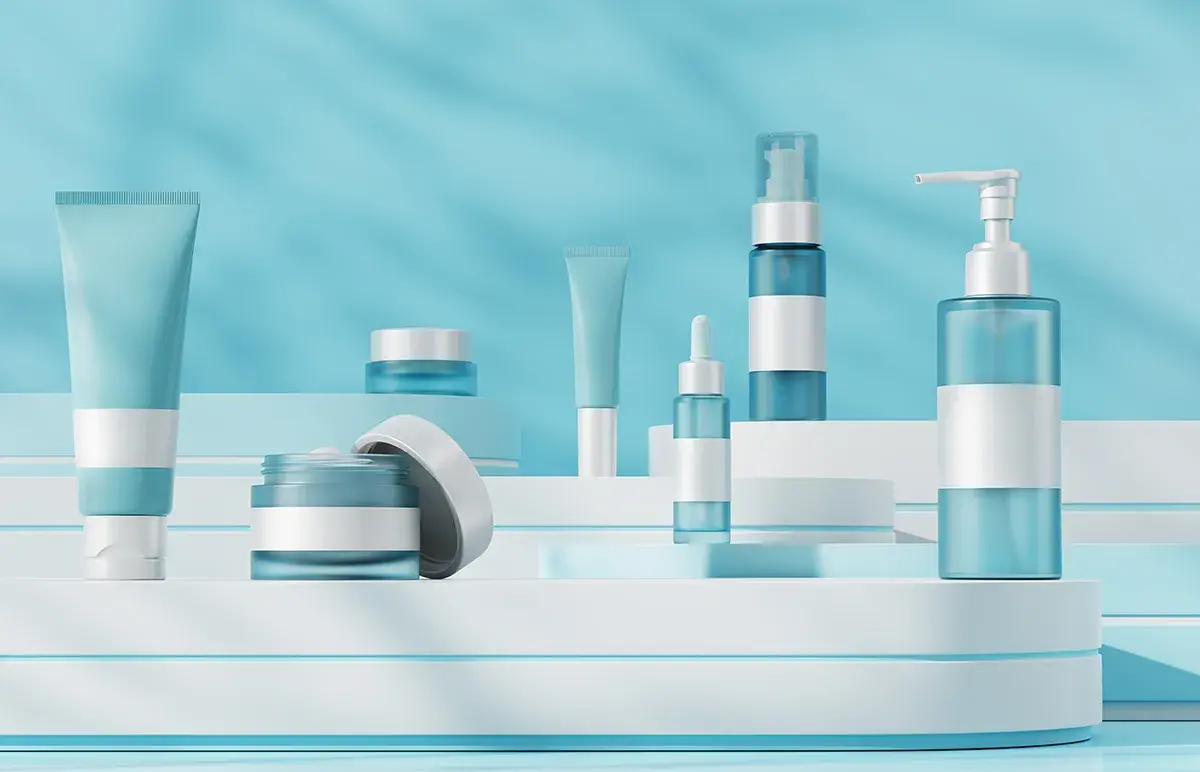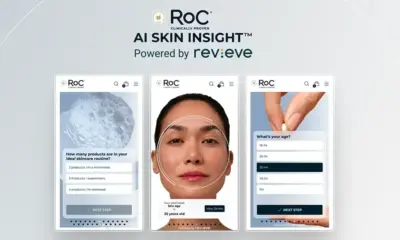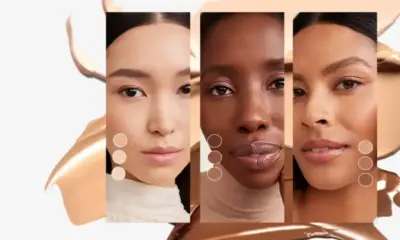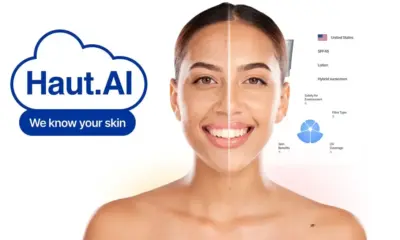Business
Global Skincare Market Expected to Hit $220.75 Billion by 2029

Global Skincare Market Growth: Trends and Projections for the Future
The global skincare market is experiencing significant growth, valued at $154.88 billion in 2023. As per a recent report, the Global Skincare Market Growth is expected to reach $220.75 billion by 2029, growing at a compound annual growth rate (CAGR) of 6.08%. This surge is driven by evolving consumer preferences and technological advancements.
Key Drivers of Global Skincare Market Growth
The growth is largely driven by changing consumer preferences for cleaner, more sustainable products. As the “clean beauty” trend gains momentum, more consumers are opting for skincare products with organic ingredients. For instance, in April 2024, Afforest Green Beauty launched India’s first Jackfruit skincare range, targeting pigmentation and hyperpigmentation. Similarly, Nuxe’s Sweet Lemon range, launched in November 2023, focuses on eco-friendly and organic skincare solutions aimed at Gen Z.
E-Commerce and Digital Transformation in Skincare
A significant contributor to the global skincare market growth is the increasing adoption of e-commerce and digital channels. Online sales are on the rise, with technological advancements and consumer demand for convenience driving this trend. In August 2024, Estée Lauder expanded Clinique’s reach by launching it on Amazon’s Premium Beauty store. The company is also embracing social media, partnering with dermatologists as influencers and using AI technology to refine marketing strategies and product offerings.
Regional Insights into Skincare Market Expansion
The Asia-Pacific (APAC) region holds the largest share of the global skincare market. Countries like South Korea and Japan are major players due to their popular multi-step skincare routines and innovative products. Cultural factors, such as a strong emphasis on personal grooming, drive consumer spending in this region. Meanwhile, North America’s demand for anti-aging and high-tech skincare products continues to thrive, supported by growing awareness and an aging population. In Europe, the focus on natural and sustainable beauty products is expanding, while the Latin American and Middle Eastern markets are seeing a rising demand for luxury skincare items.
To stay updated on the latest trends and explore more news on skincare and market growth, visit our website today!




















